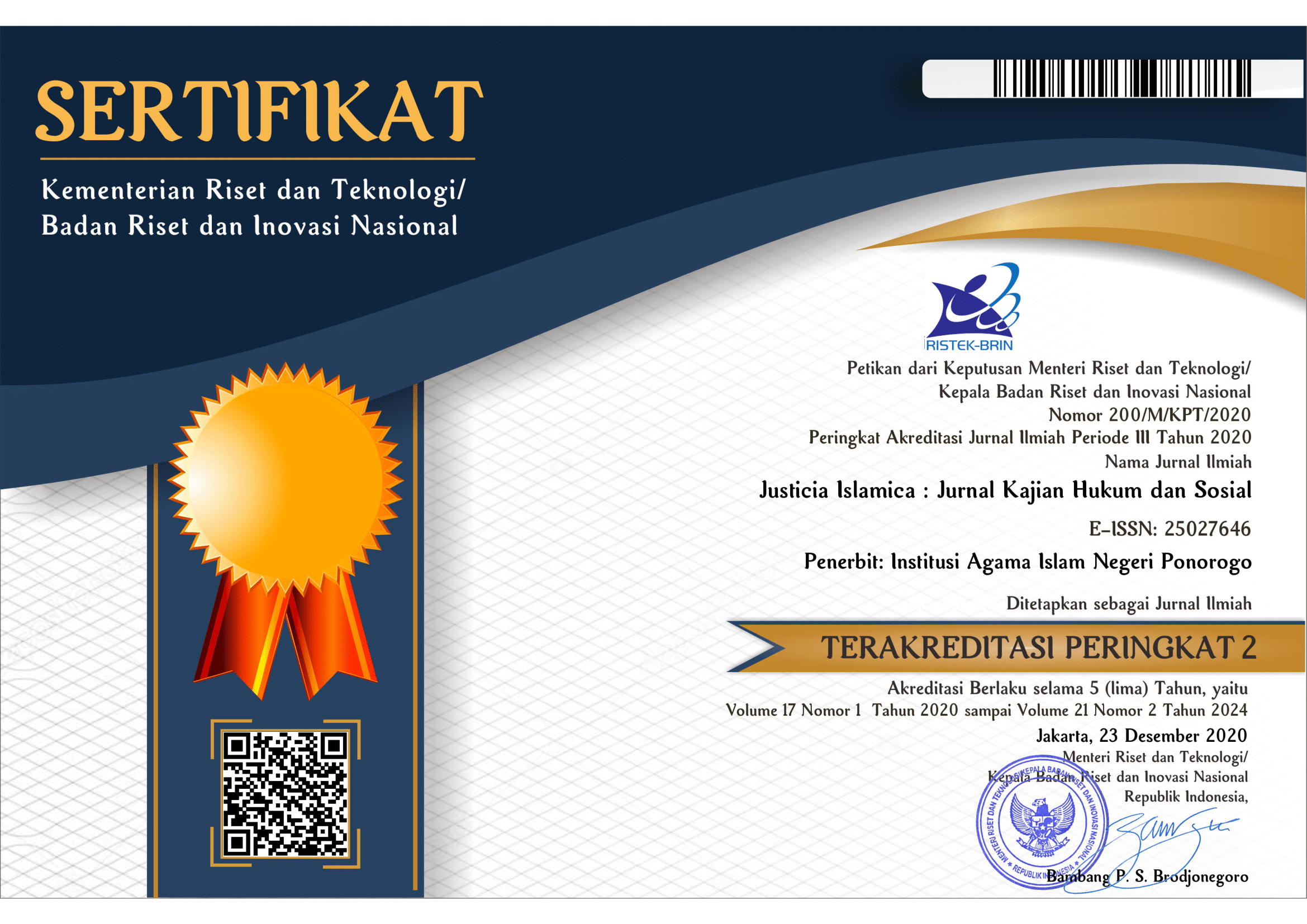Menyuntik Ushul Fiqh Dengan Filsafat
Keywords:
philosophy; maqashid sharia; methodologyAbstract
This study aims to explore the integration of philosophy in ushul fiqh to enrich the methodological approach in understanding Islamic law. The philosophical approach is expected to provide a more rational and contextual perspective on the concepts in ushul fiqh. The method used is a literature study by analyzing classical and contemporary sources related to ushul fiqh and philosophy. The analysis was carried out descriptively and critically to identify the relevance of philosophical thought in the study of ushul fiqh. The results showed that a philosophical approach can deepen the understanding of the concepts of qiyas, maqashid shariah, and istihsan, as well as increase flexibility in the application of Islamic law in the modern era. This integration opens up space for a more adaptive renewal of Islamic law without losing its normative essence. Thus, philosophy can be an important instrument in developing a more dynamic and contextual ushul fiqh.
References
.
Downloads
Published
Issue
Section
License

This work is licensed under a Creative Commons Attribution-ShareAlike 4.0 International License.
Requirements to be met by the author as follows:
- Author storing copyright and grant the journal right of first publication manuscripts simultaneously with licensed under the CC BY-SA allows others to share the work with a statement of the work's authorship and initial publication in this journal.
Authors can enter into the preparation of additional contractual separately for the non-exclusive distribution of a decadent version of the journal issue (e.g., post it to an institutional repository or publish it in a book), with the recognition of initial publication in this journal.
Authors are allowed and encouraged to post their work online (e.g., in institutional repositories or on their website) before and during the submission process because it can lead to productive exchanges and citations earlier and more severe than published works. (see The Effect of Open Access).
This work is licensed under CC BY-SA.


















